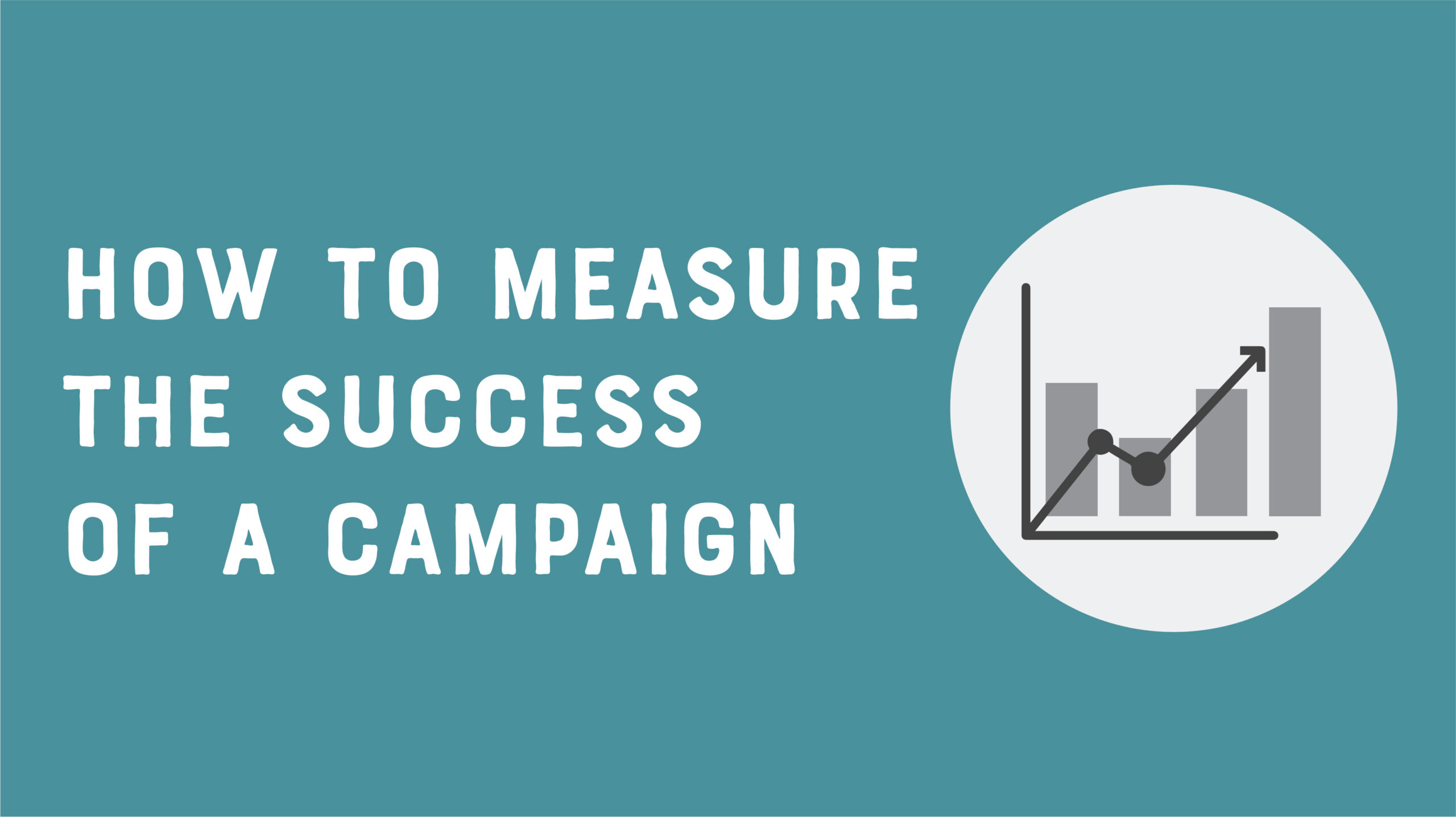 You’ve established who your audience is, know their pain points and what you need to do to meet their needs in the right place at the right time. You have a path for success, but how will you measure it?
You’ve established who your audience is, know their pain points and what you need to do to meet their needs in the right place at the right time. You have a path for success, but how will you measure it?
What tools are you using?
First things first, you need to know which tools you will use to measure your campaign. If you are using social media platforms with business accounts, such as a Facebook page, an Instagram business profile, etc., you’ll have access to insights and analytics within each platform that are always accessible for pulling numbers. Each platform works a bit differently, but for the most part keep track of your engagement levels, impressions and reach, and audience growth. There are other tools available that provide insights into social media analytics as well, such as Hootsuite and Loomly. Tools like this run the gamut in terms of what information they provide and price points, so it’s important to do thorough research before you invest to make sure you choose the tool that fits your needs and budget.
You should also be using Google Analytics. We use this for all campaigns we run because no matter if you are communicating through social media, direct mail, email, etc., most audiences will end up at your website to either engage or verify who you are, so this is a great hub for measuring your success. This is a free service that helps you keep track of what’s happening on your website, such as the traffic to your website, the number of visitors your site receives and the number of visits to your site, traffic sources (such as social media, direct traffic, search engines, email marketing, referrals, and more), keywords that are leading people to your website, and which pages visitors are coming to your site through, among other items.
 Goals and Baselines
Goals and Baselines
With the tools in place, it’s time to take a look at where you are and setting goals for what you want to achieve. It helps to establish some baseline measurements so you have a point for comparison. When establishing baselines, consider the following:
- Goals: What are your overall goals? What do you want or need to accomplish with this effort?
- Marketing Channels: What marketing channels are you currently using? Is your message reaching your audience through these channels? Do you need to add other marketing channels into the mix?
- Determine Your Starting Point: When do you want to take your initial measurements so you have a point for comparison?
- Milestones: Determine the critical points in your campaign to designate as milestones to check in on the status of your campaign.
- Results: What is your ending point? When will you look at the final results?
Is it ROBUST?
The next step is to consider whether all the parts of your campaign are truly effective. One good test to use in this step toward establishing your baselines is EMyth’s ROBUST test. This will help you evaluate your system or campaign based on the following questions:
- Is it Results Oriented?
- Does the system Optimize Resources?
- Is the system Balanced?
- Is the system User Friendly?
- Is the system Simple?
- Is the system Trackable?
 Tracking the Metrics
Tracking the Metrics
From there, determine which metrics you want to track, such as Facebook followers or Instagram engagement. These metrics you are tracking will be your Key Performance Indicators or KPIs. After you’ve determined your KPIs, you’ll need to document how you will track them. A table or spreadsheet is often the easiest way to plug in the numbers.
When you have a place to document your KPIs, it’s time to take the baseline measurements that you’ll compare your results to at various points throughout your campaign. For example, if you want to grow your Facebook followers, document how many you have at the beginning of your campaign and then determine when you need to check this number again. Plan to check in once or twice throughout your campaign to monitor the numbers. This will help you know if your efforts are working, or if you need to make adjustments.
Learning how to measure your social media campaign, or really any marketing campaign, is hard work but it is worth it so you can determine if your efforts truly helped you meet your goals, as well as provide great insight on where you may need to consider making adjustments in the future. It is also a great way to help you be more intentional not only with your marketing efforts but also with your resources (time and money) to be sure you’re getting what you need from each campaign.
Need some help getting started? Click here to download a tracking spreadsheet template and other materials to help you get the most out of your social media efforts!
You know your audience, have defined success and know how to measure it. Now it’s time to start planning your next campaign! Check out our next blog, The Creative Brief: The Game Plan for Your Campaign, to help you start on the right foot.


